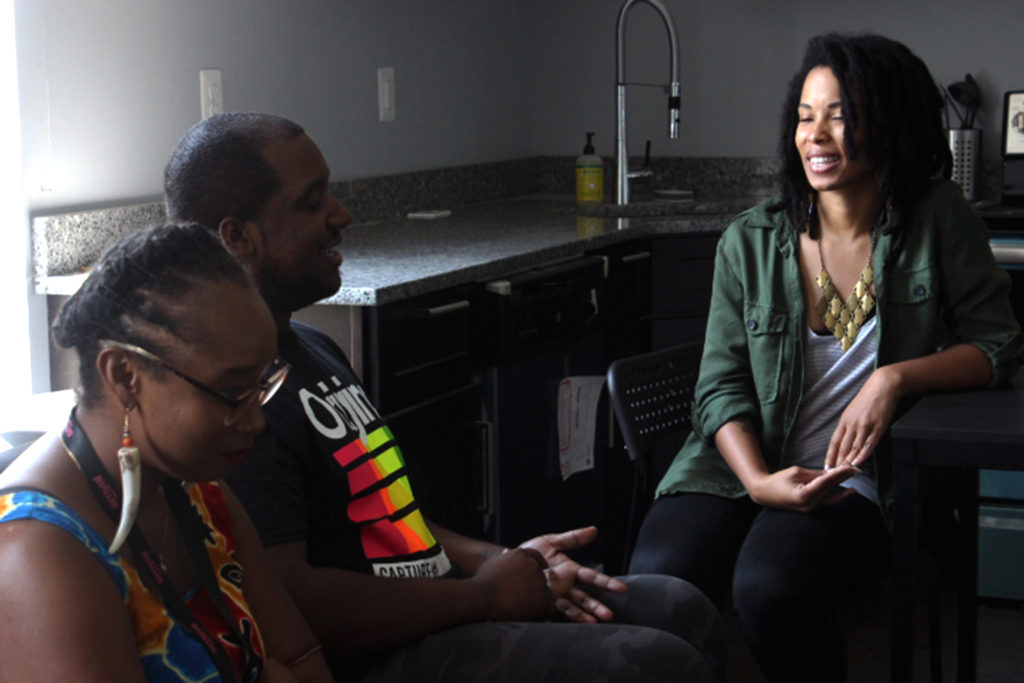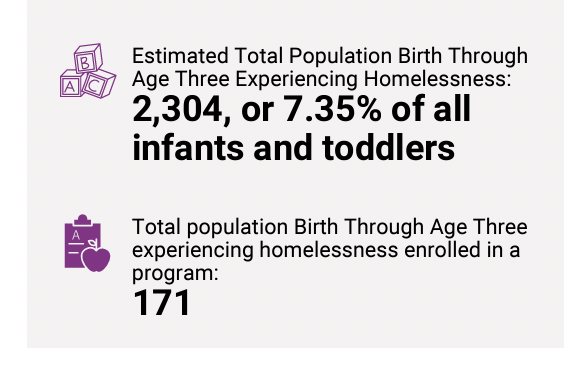 This article is part of our 2019 contribution to the DC Homeless Crisis Reporting Project in collaboration with other local newsrooms. You can see all of our collective work published throughout the day at DCHomelessCrisis.press and join the public Facebook group to discuss how to act on this information and add context to areas we may have overlooked.
This article is part of our 2019 contribution to the DC Homeless Crisis Reporting Project in collaboration with other local newsrooms. You can see all of our collective work published throughout the day at DCHomelessCrisis.press and join the public Facebook group to discuss how to act on this information and add context to areas we may have overlooked.
In January 2017, the local nonprofit SMYAL (Supporting and Mentoring Youth Advocates and Leaders) launched its signature youth house, a 2-year, 12-bed transitional living program for homeless LGBTQ+ youth in the D. C. metropolitan area. SMYAL had already been providing services in education, health, and advocacy work since 1984, but wanted to expand their reach to offer a tangible housing solution.
Since then, seven people have graduated from the housing program and moved on to sustainable independence, and the organization is looking forward to extending that opportunity to more youth once the new house opens its doors.
This July, the organization received a contract to create a second house, which is set to open its doors before the summer ends.
Located in the Fairlawn neighborhood of Southeast D.C. is the four-story, cobalt-blue building where SMYAL is gearing up to welcome a new cohort of case managers, staff, and residents. Volunteers and construction workers have been working on renovations over the last three months and are expected to wrap up within the coming weeks.
The house includes 14 beds spread between 5 apartment-style living spaces. Each apartment is furnished and comes with two bedrooms, a shared bathroom, and a kitchen. There is also a basement level that will serve a shared lounge and the office area for the incoming staff.
According to Housing and Clinical Services Director Jorge Membreno, the decision to open a second house aligned well with the mission of SMYAL to provide homeless LGBTQ+ youth with a safe, stable environment to live and engage in as they transition into young adulthood.
At the time, 43 percent of homeless youth in the city identified as LGBTQ+ and, based on those numbers, there is still a shortage of resources available to meet this need.

“We knew we had been running a successful model for two years. We knew we could replicate it and improve upon it,” Membreno said. “We’ve had a lot of clients who’ve come in and they just grow a lot during the time that they’re with our program,” Membreno said.
In the year and a half that he’s been with SMYAL, Membreno has seen the youth house serve not just as a shelter, but a place where residents can embrace themselves and their identity without dismissal or restriction.
For one former resident, Membreno recalled, a lot of things surrounding the identity she wished to present to the world, such as the clothes she wanted to wear, were in conflict before she joined the housing program. After moving in, one of the first things she did was go on a shopping spree, come back, and put on a mini-fashion show for herself.
“I see those quiet moments as moments of success,” Membreno said, adding that he’s looking forward to witnessing more residents gain confidence and self-acceptance at the second house when it opens.

In addition to the new physical space, SMYAL plans to provide services and support in-house. Their first youth house operates under a clinical case-management model, according to Alley Gant, who has been the sole case manager of the first SMYAL youth house for a little over a year. That means that while residents acquire the resources they need to find jobs or develop life skills, they’re given space to address any trauma or mental health issues. This model will be used at the new house as well.
Homelessness among LGBTQ+ youth continues to be a major issue in District. Thirty-eight percent of D.C. youth experiencing homelessness identified as LGBTQ+ during last year’s Homeless Youth Census. Membreno says that the city is doing good work, but admits that it’s “not as far along as any of the providers want to be.”
“We always talk about trying to work ourselves out of the job, which we know is going to be hard to do,” Membreno said.
Before opening the original youth house, the only other transitional-living programs for LGBTQ+ youth were offered by Casa Ruby and the Wanda Alston Foundation. Even after the opening of the second house, there will still be only 74 beds available to a population of approximately 500 homeless youth in D.C. who identify as LGBTQ+, according to the 2018 youth census data.
Still, SMYAL is looking forward to helping what additional LGBTQ+ youth it can who are in need of housing and support.








